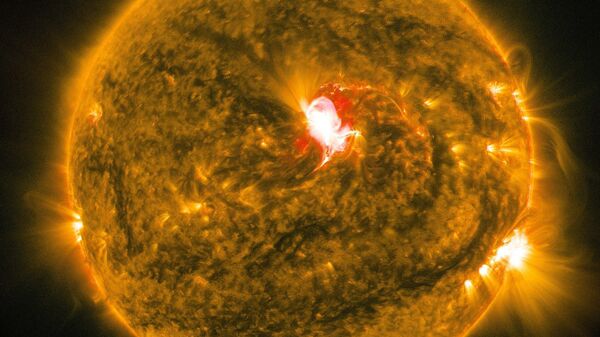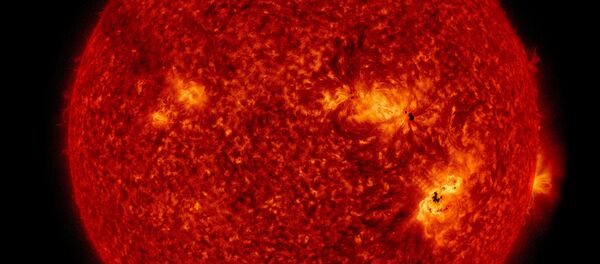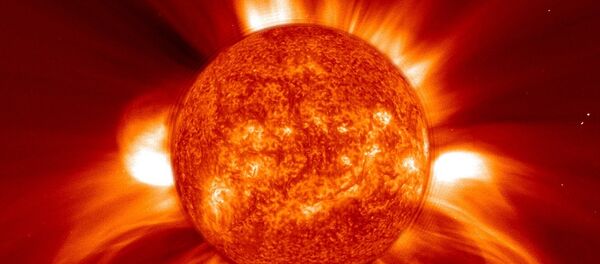Scientists from the National Research Nuclear University MEPhI (NRNU MEPhI) have developed a process for making quantum dot (QD) solids, a next-generation material consisting of quantum dots or semiconductor crystals with a diameter of mere nanometers. The results of the research, published in the Journal of Physical Chemistry Letters, will make it possible to develop inexpensive photovoltaic cells that absorb sunlight within a broad spectrum.
READ MORE: 'Human Power Plant': How the Cell's Molecular Machines Work
Humankind is hard pressed for alternative energy sources against the backdrop of shrinking traditional fuel reserves. The solar power industry has a major role to play in this regard. Current photovoltaic cells that convert solar energy into electricity feature silicon-based inorganic semiconducting materials, but have some major drawbacks.
Second, silicon-based photovoltaic cells are rather complex and cost a lot to manufacture. Therefore researchers all over the world are studying new and promising materials from which to manufacture photovoltaic cells, including perovskites. Experts have only been analyzing the physical characteristics of using perovskite for the past few years. In addition, there are plans to make photovoltaic cells based on organic and nano-hybrid semiconductors.

This process is based on the following innovative principle: by changing the size of quantum dot solids, it becomes possible to easily control the properties of photovoltaic cells, for example, expand the absorption spectrum. Quantum dot solid condensates are manufactured with simple, inexpensive methods. But it is important to meticulously choose specific manufacturing conditions, as well as the type of organic molecules "binding" quantum dot solids together. MEPhI researchers have mastered a process for replacing surface ligands at room temperature, which makes it possible to change the distance between quantum dot solids and control the efficiency of electric energy and electric charge transfers.
READ MORE: Russia-West Scientific Cooperation Untouched by Sanctions — Academy of Sciences
Another author, Alexander Chistyakov, a professor with MEPhI’s faculty of micro- and nano-system physics, notes that nano-hybrid materials with quantum dot solids can be used to create photovoltaic elements or light-emitting diodes (LEDs), as well as more complicated semiconductor structures, including those that can be used for developing next-generation high-sensitivity sensors.




